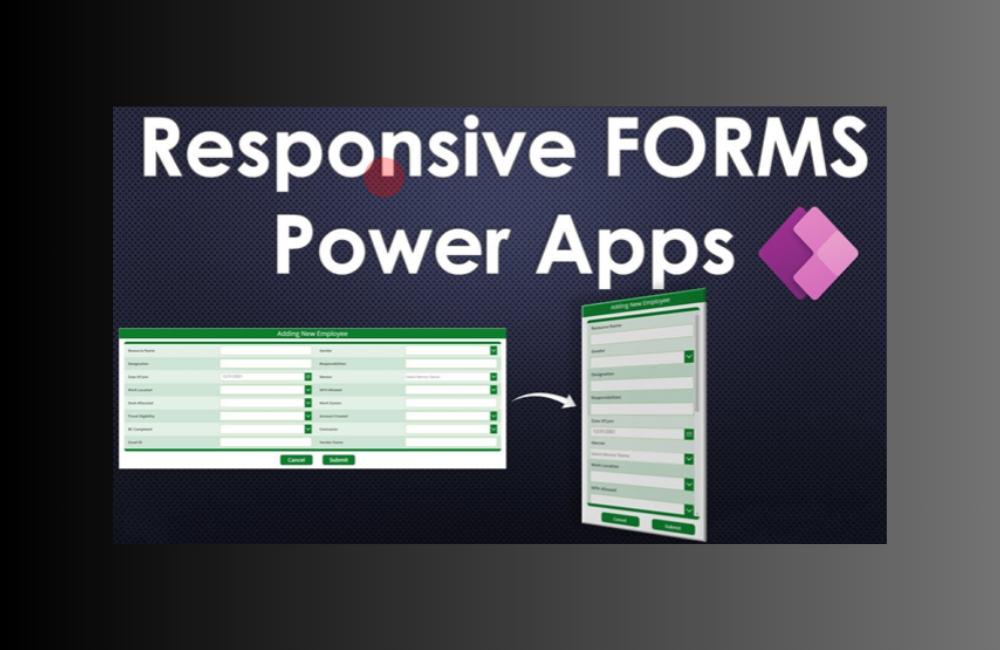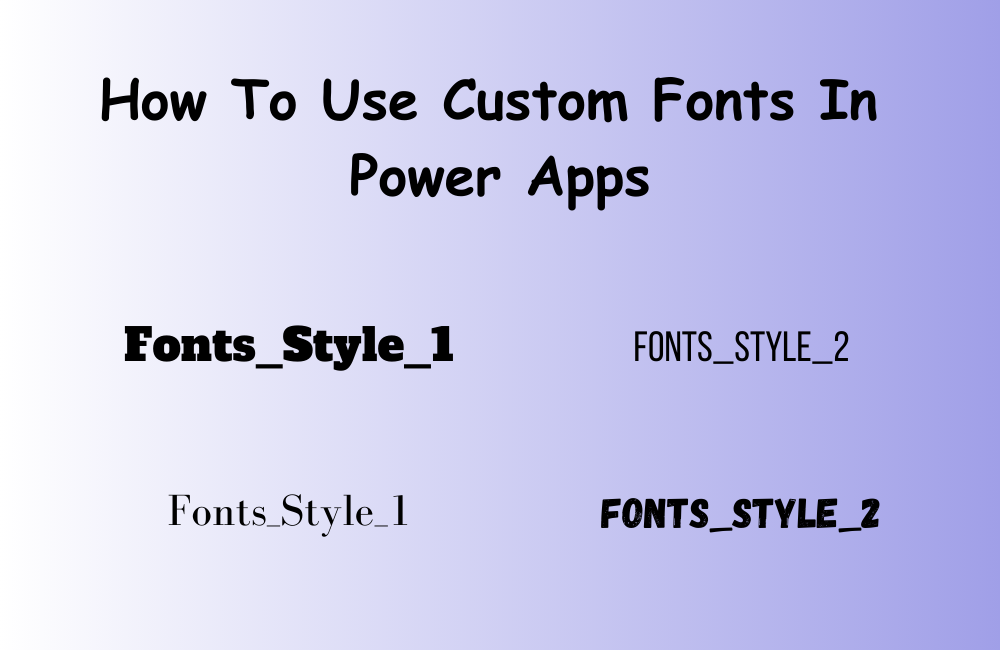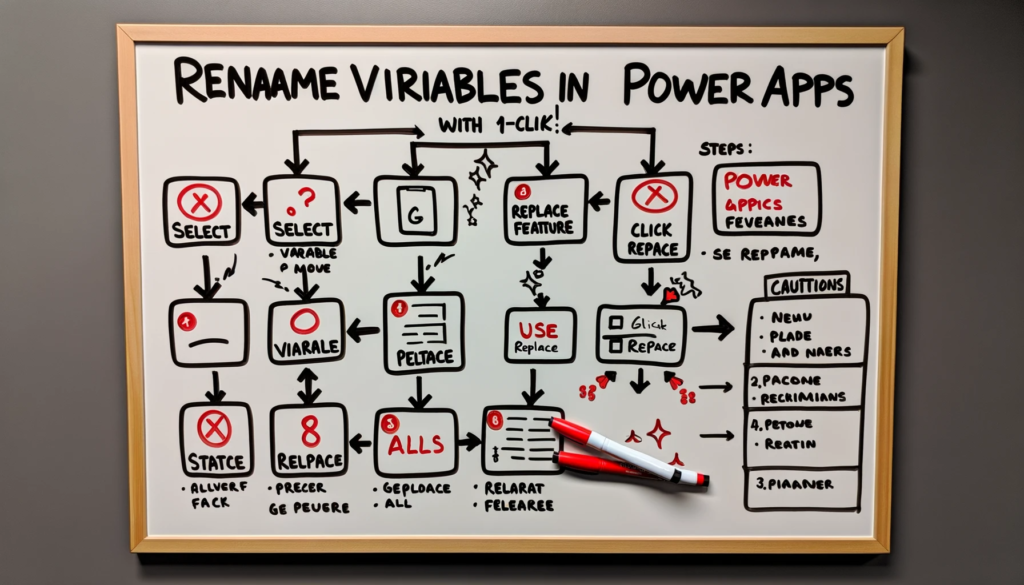Embarking on a project with Excel as a data source? It’s crucial to understand the challenges, especially when working with PowerApps. In this guide, we’ll delve into Excel PowerApps limitations and suggest solutions for seamless data integration.
Understanding Excel’s File Size Constraints
One primary concern with Excel in combination with PowerApps and OneDrive is the limitation on file size. Specifically, spreadsheets exceeding 2MB in size are not loaded by PowerApps. This restriction limits the volume of records you can use in PowerApps. If your Excel file is too large, you may encounter issues when trying to load or interact with it.
Moreover, PowerApps automatically introduces a unique identifier for each row in Excel through a column called PowerAppsId. This addition can inadvertently inflate the file size, possibly pushing it beyond the 2MB limit even if the original spreadsheet was under that threshold.
Gallery’s Record Display Limitation
The gallery control, by default, showcases only the first 500 records from your data source. This limit is governed by the data row limit for non-delegable queries, with the maximum set at 2000 records. Consequently, any attempt to access rows beyond this 2000-record ceiling will fail to load additional data, resulting in incomplete data views.
Challenges with Gallery and Search Functionality
The 2000-record limitation also affects the search functionality in PowerApps. While you might be able to find a record with ID 2000, attempting to search for or interact with records beyond this point will result in errors or unresponsive behavior. This limitation can significantly affect user experience when trying to manage larger datasets.
Function Limitations in PowerApps
Functions like Filter and LookUp to retrieve records beyond the 2000 threshold often prove ineffective when working with Excel as a data source. PowerApps may also encounter issues when filtering numeric columns, as it might mistakenly treat them as text, which further complicates filtering tasks.
Limitations in Editing Records
Editing records beyond the 2000-mark presents similar challenges. Functions such as Patch and UpdateIf require accessing specific records to modify them, but the retrieval limitations often prevent them from functioning correctly, leading to potential errors or data inconsistencies.
Aggregate Function Constraints
Aggregate functions, such as Sum or Count, will only operate on the initial 2000 records, making it impossible to calculate accurate totals or other summary data for larger datasets. This limitation can severely affect reporting or data analysis tasks within PowerApps.
Workarounds and Considerations
While SharePoint data sources allow loading all records into a local collection using the ForAll function, this approach is not feasible with Excel due to the retrieval limitation. PowerApps doesn’t support delegating queries to Excel, meaning that data retrieval is limited to what can be loaded within the 2000-record boundary.
If updating the Excel data source isn’t necessary, an alternative is to import the data directly into PowerApps. However, it’s important to note that this method can only handle up to 15,000 records. For datasets larger than that, you would need to split the Excel file into smaller chunks and import them as separate data sources.
Alternative Solutions
While Excel provides a simple, familiar interface, it may not be the best option for large datasets in PowerApps. Here are some alternatives:
- SQL Server: A robust relational database with superior performance for large datasets and complex queries.
- Common Data Service (CDS): A scalable, cloud-based data storage option optimized for PowerApps.
- SharePoint Lists: A better alternative than Excel for larger datasets in PowerApps, though it still has some limitations compared to SQL or CDS.
Conclusion
Excel offers simplicity and familiarity, but when working with large datasets in PowerApps, it introduces significant constraints. From file size limits to record retrieval and editing challenges, these limitations can hinder your app’s functionality. For more extensive datasets, consider using more scalable data sources like SQL Server, SharePoint, or CDS.
If you’re encountering challenges or need expert guidance on this or any other technical matter, don’t hesitate to contact us. Our team is here to provide the assistance and expertise you need for seamless app development.






